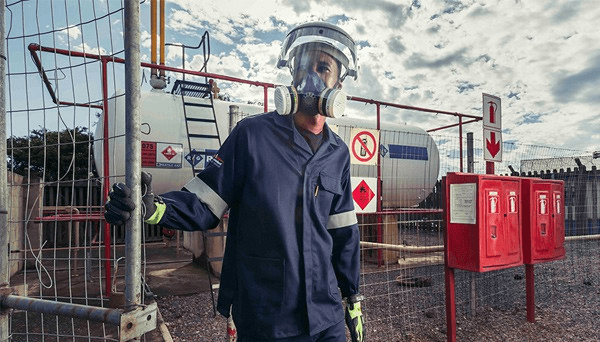The Critical Role of Respiratory Protection in Workwear
In the demanding landscape of modern work, where a multitude of industries require workers to operate in potentially hazardous environments, the significance of correct respiratory protection cannot be overstated. From construction sites shrouded in dust to manufacturing plants emitting fumes, the risks to lung health are substantial.
Respiratory protection is not merely a regulatory compliance; it’s a cornerstone of occupational safety. It serves as the frontline defense against a myriad of airborne contaminants, including but not limited to:
- Particulate matter: Dust, smoke, and fumes generated from construction, mining, and manufacturing processes.
- Gases and vapors: Chemicals, solvents, and other volatile substances found in industrial settings.
- Biological agents: Bacteria, viruses, and mold spores prevalent in healthcare, agriculture, and waste management.
The consequences of neglecting respiratory protection are severe. Prolonged exposure to hazardous substances can lead to a spectrum of respiratory ailments, such as:
- Occupational asthma: A chronic inflammatory condition triggered by workplace irritants.
- Chronic obstructive pulmonary disease (COPD): A progressive lung disease that obstructs airflow.
- Lung cancer: A deadly disease linked to exposure to carcinogens.
- Pneumonia: An inflammation of the lungs caused by various pathogens.
To mitigate these risks, workwear providers and safety professionals must collaborate to ensure that workers have access to appropriate respiratory protection. This involves a comprehensive approach, encompassing:
- Hazard assessment: A meticulous evaluation of the workplace to identify potential respiratory hazards.
- Respirator selection: The choice of respirator should align with the specific hazards present, considering factors like protection level, comfort, and compatibility with other personal protective equipment.
- Fit testing: Ensuring the respirator fits properly and forms a tight seal around the face is crucial for optimal protection.
- Training: Comprehensive training on respirator use, maintenance, and limitations is essential.
- Maintenance and cleaning: Proper care of respirators prolongs their lifespan and maintains their effectiveness.
By prioritizing respiratory protection, workwear providers can contribute significantly to the health and safety of workers across industries. It’s an investment in human capital that yields dividends in terms of reduced absenteeism, improved productivity, and a stronger company reputation.




